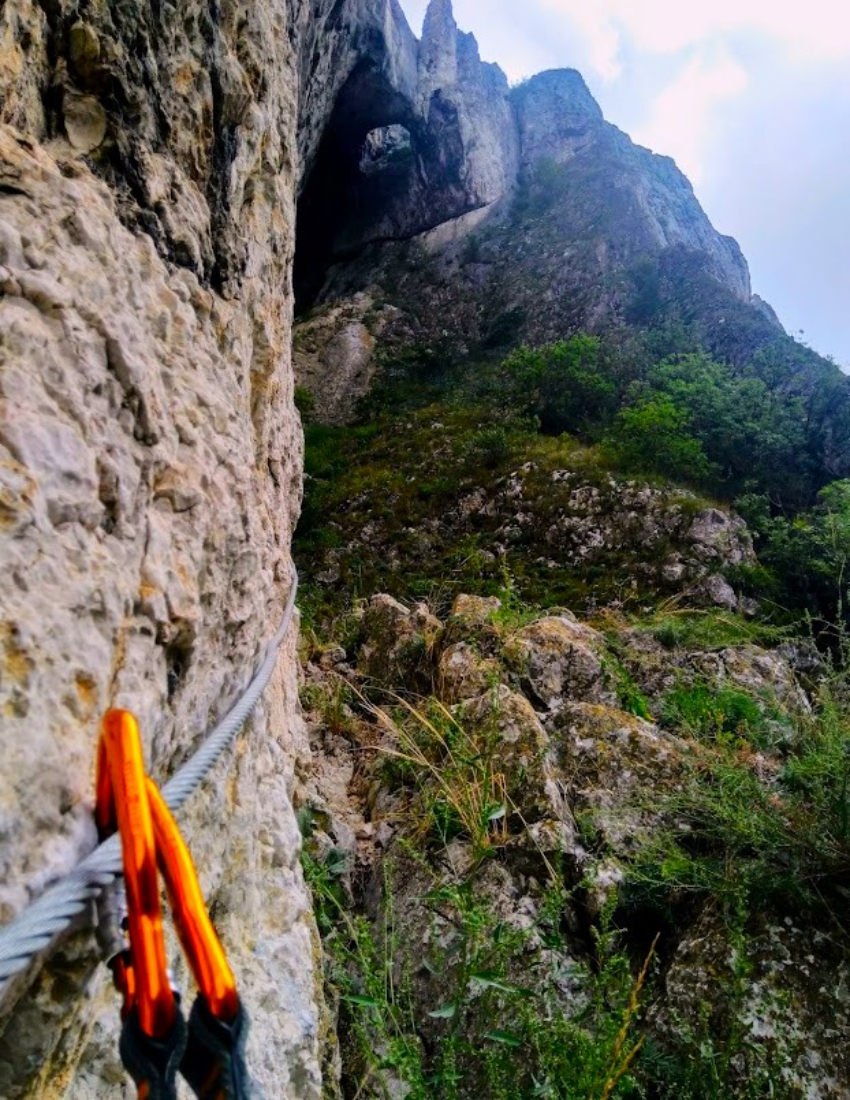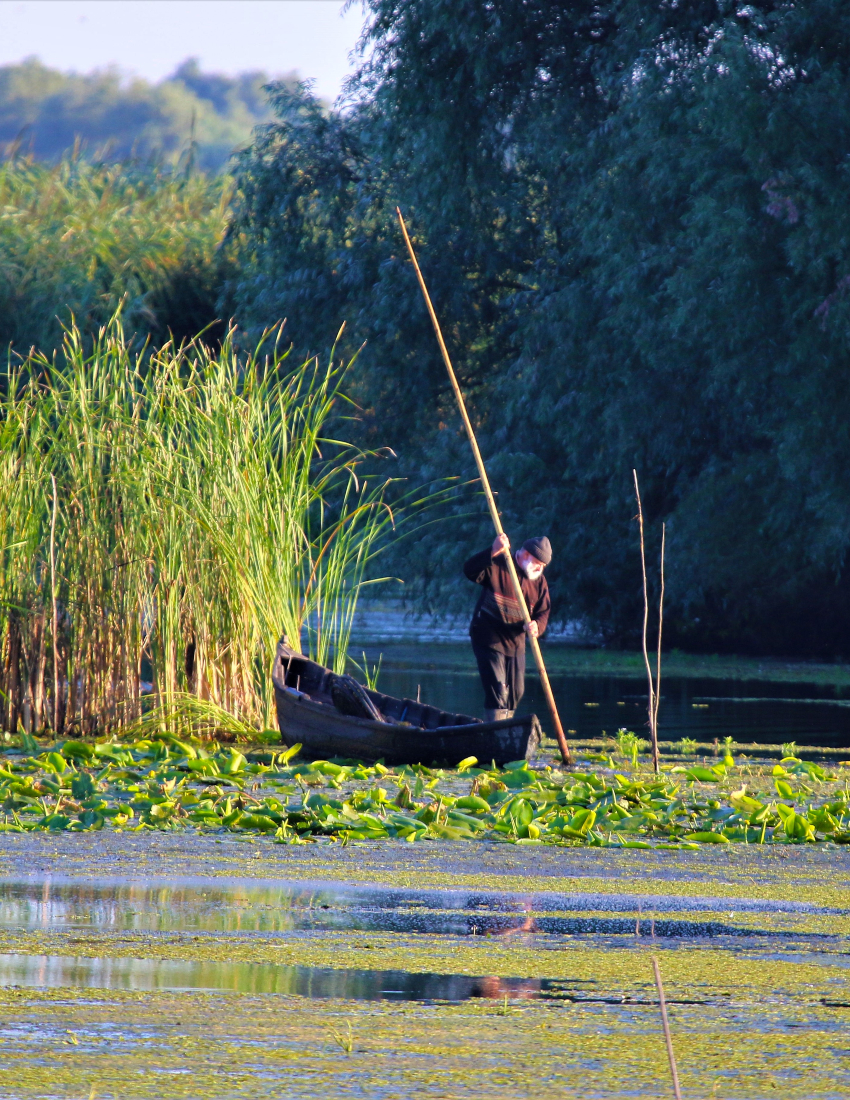A small southeast European country, Bulgaria is known for its beautiful nature and ancient landmarks. History lovers from around the world come to Bulgaria to explore ancient remains dating back to 4000BC. Nevertheless, Bulgaria has also become well-known for its cuisine and traditions. Come and enjoy an introduction into the Bulgaria’s long history and feel free to admire a silent sunrise at the Black Sea with us!
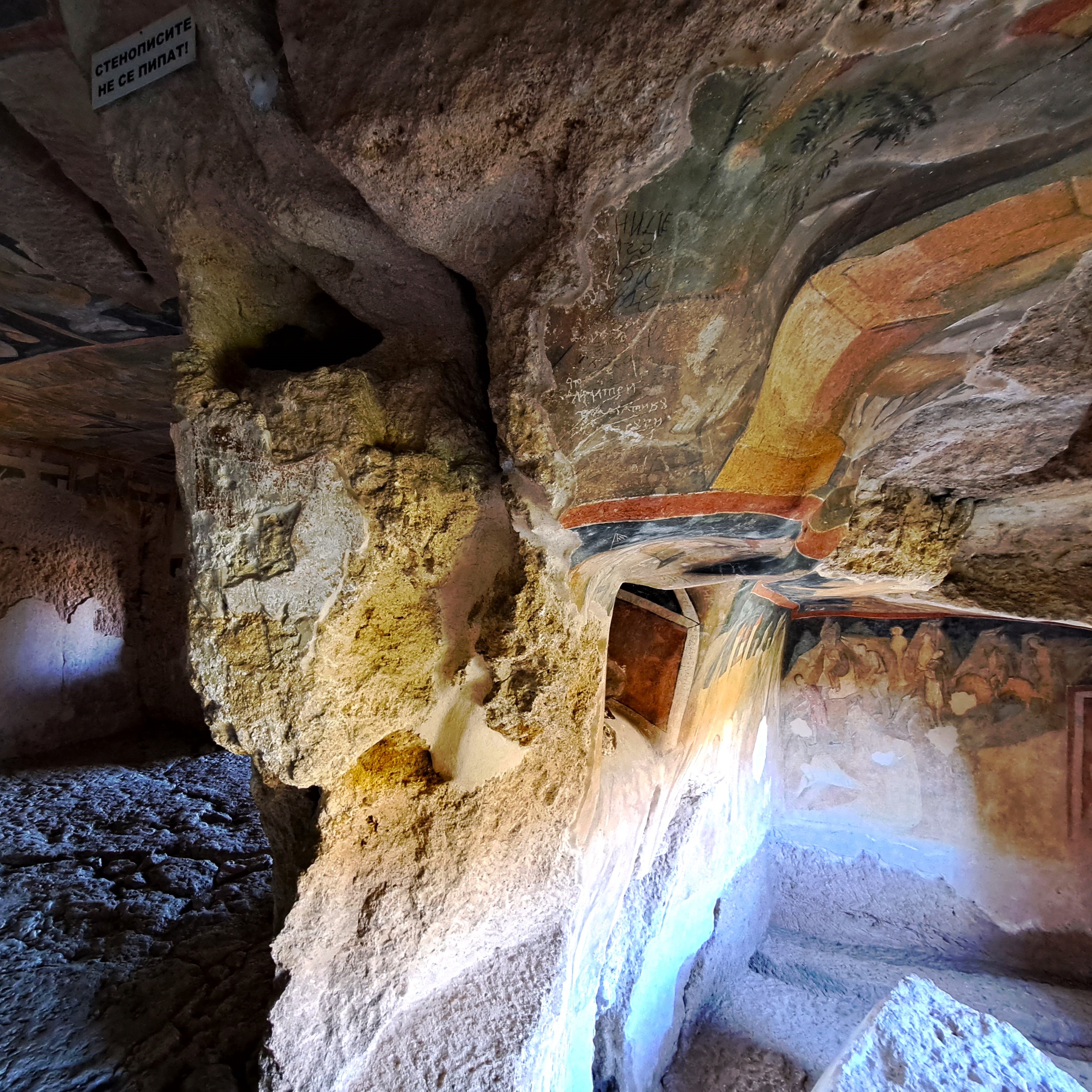
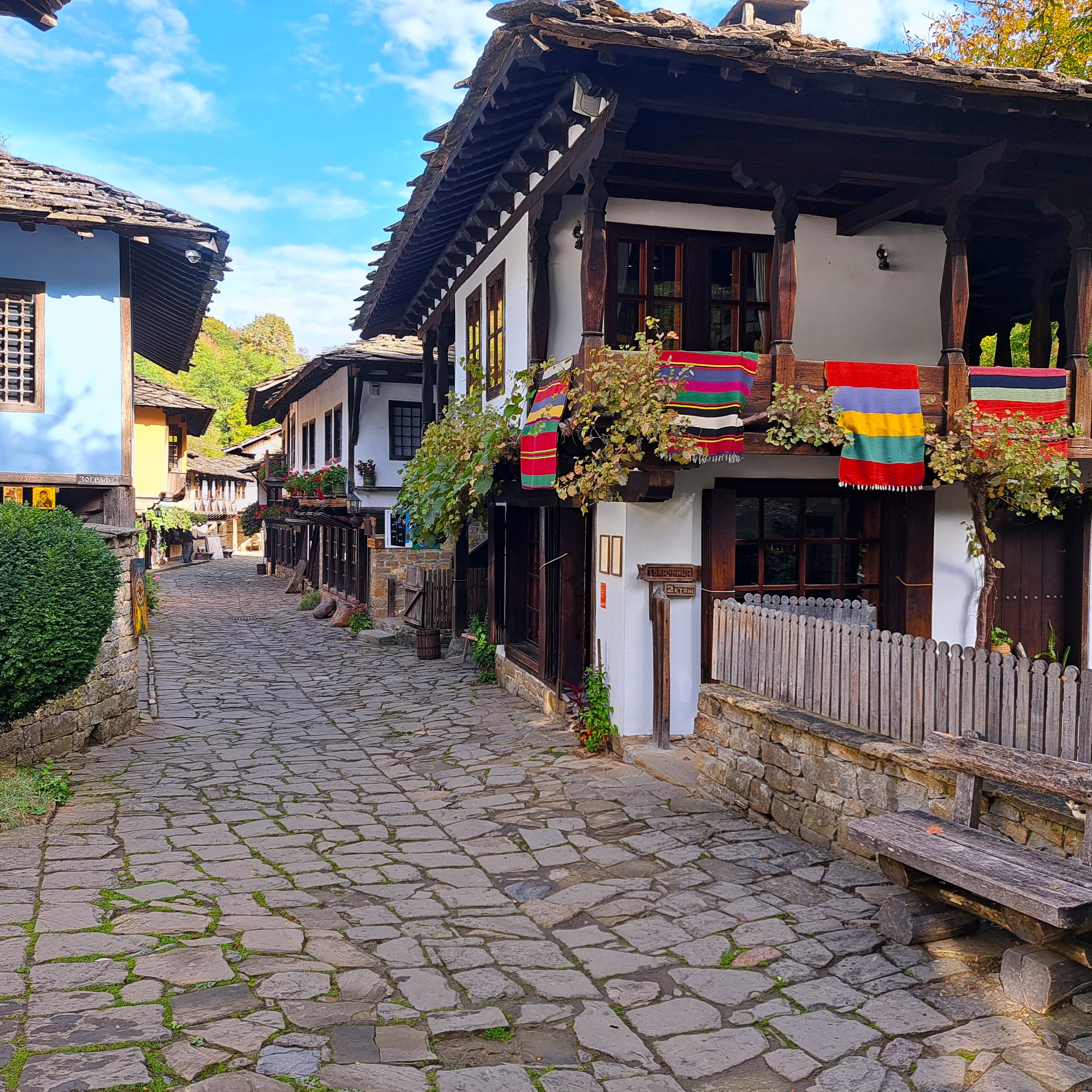
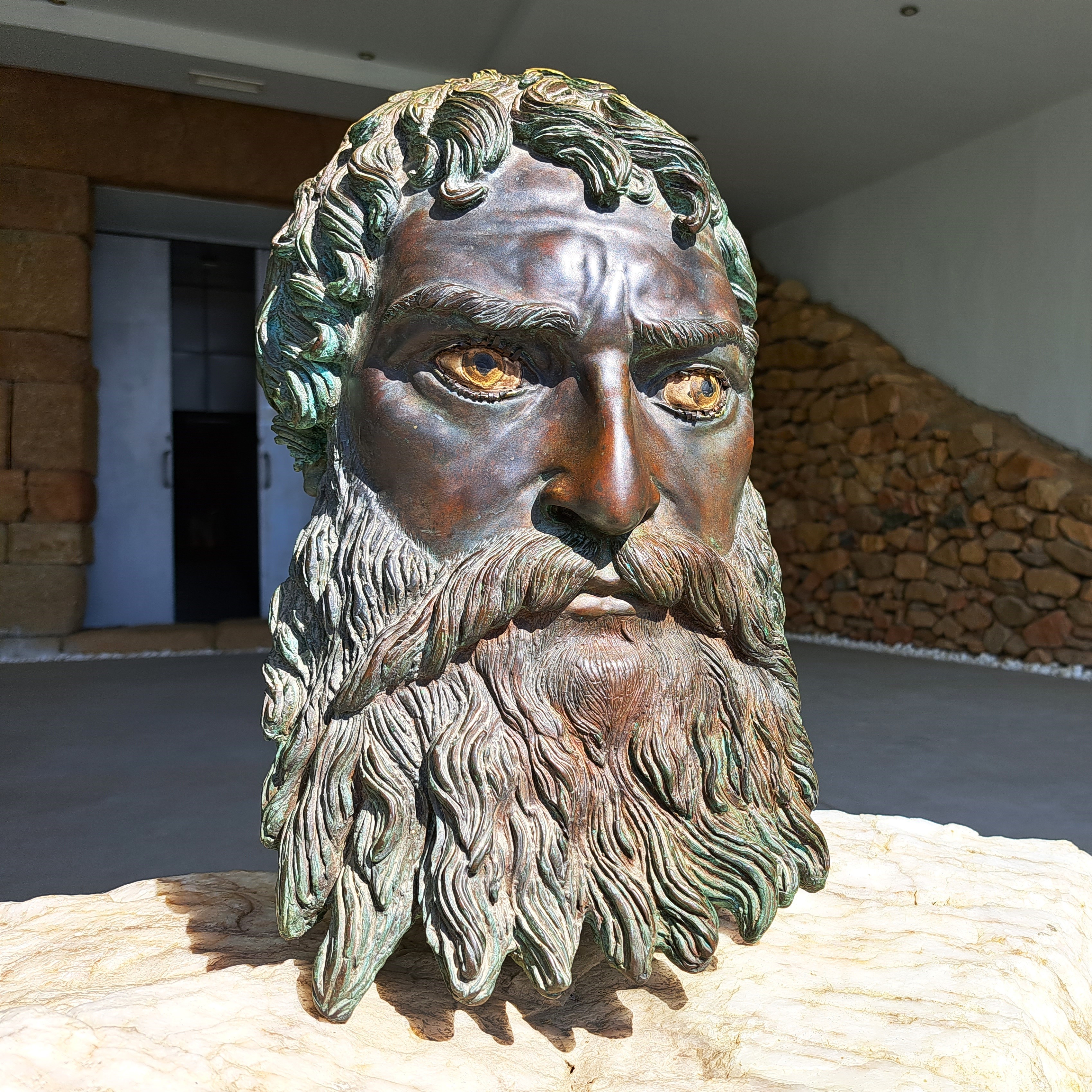
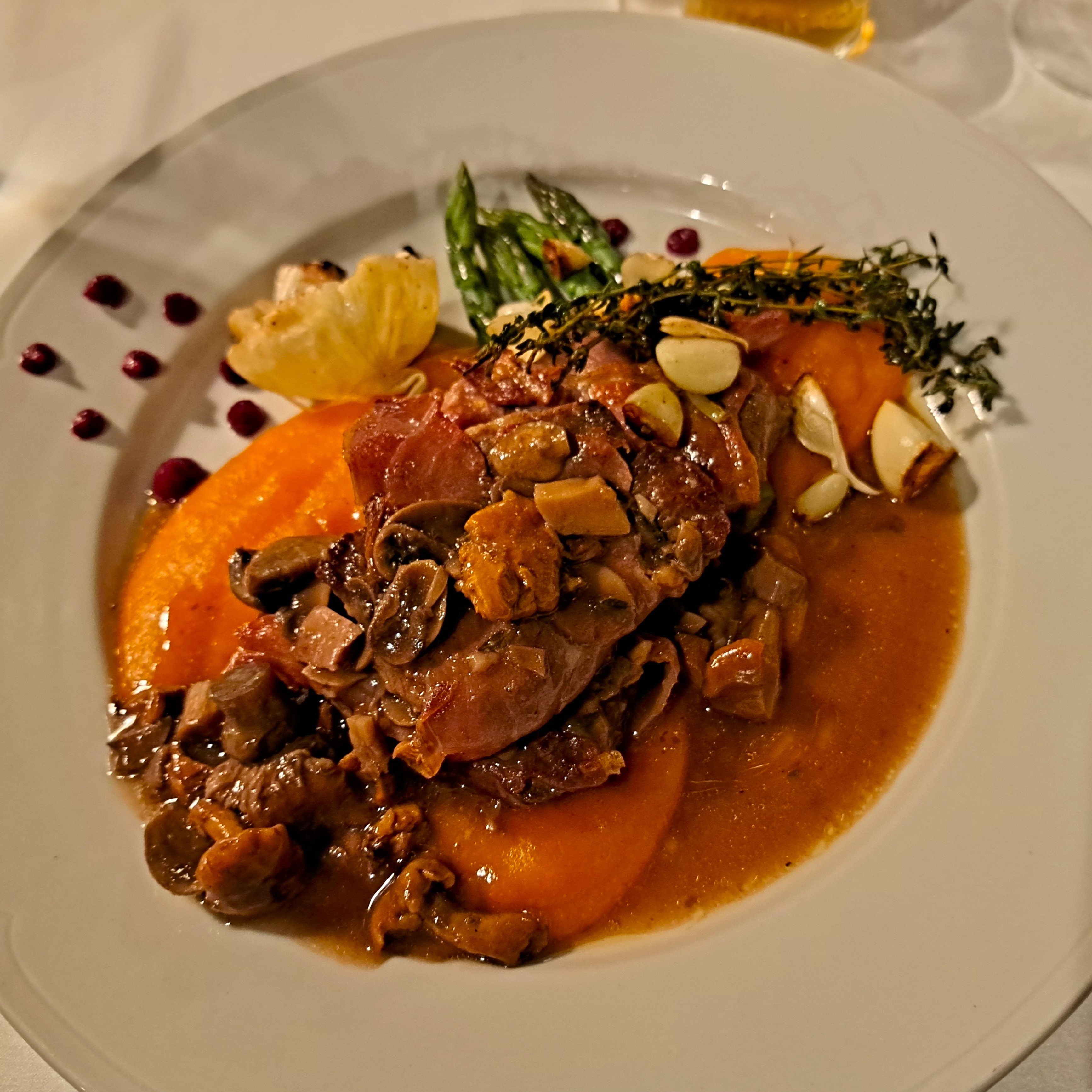
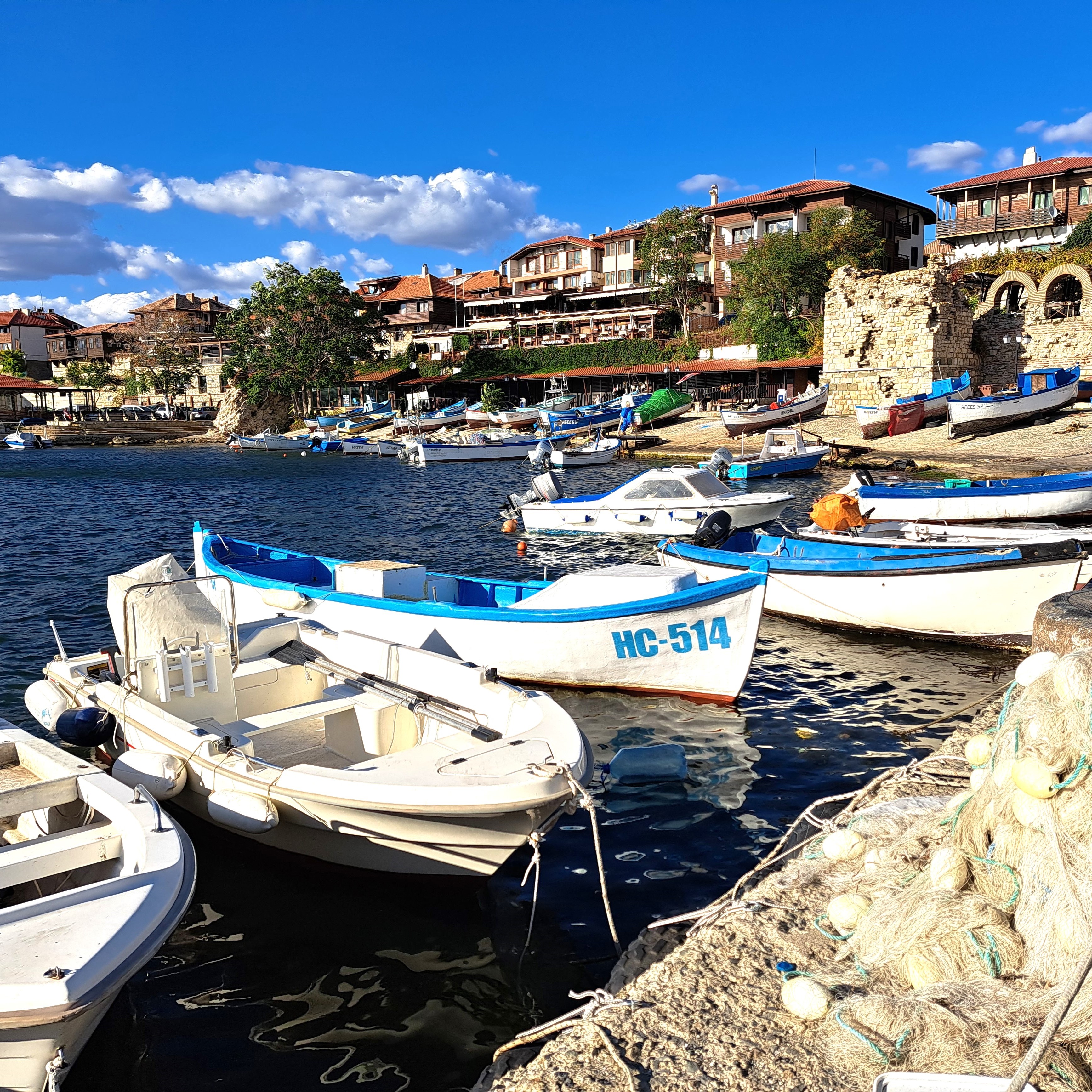

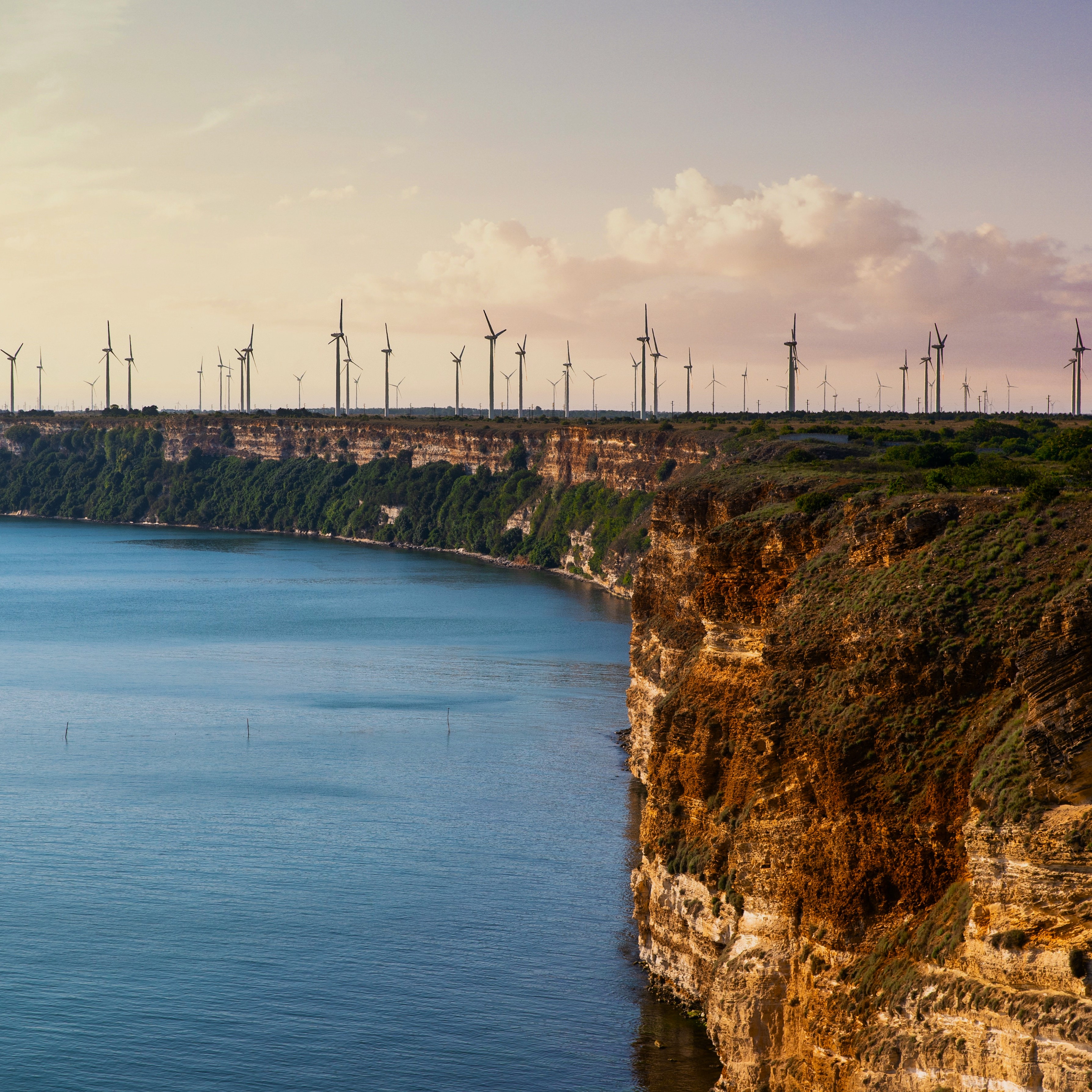
Ancient heritage reveals in Bulgaria
Day 1. Bucharest – Veliko Tarnovo
Highlights:
Ivanovo UNESCO rock-hewn Churches of Ivanovo are a complex of rock-hewn churches, chapels, monasteries and cells situated in the beautiful valley of the Rusenski Lom River, in North-Eastern Bulgaria. Hermits cut the first cells and churches into the natural rock along the riverbed during the 12th century. The entire complex was built between the time of the Second Bulgarian State (1185-1396) and the conquest of Bulgaria by the Ottoman Empire (late 14th century).
Discover the lifestyle of the 18th century Bulgarian merchants and craftsmen by exploring the architectural reserve of Arbanassi village, located on a plateau offering visitors spectacular views of Veliko Tarnovo and the neighbor Balkan Mountains.
Enjoy the afternoon tour to Bulgaria’s medieval capital, a must-see attraction – as it is presented in most tourist guide books. Veliko Tarnovo represents the grandeur of the Second Bulgarian Empire at its peak. Admire some of the most spectacular sceneries from Yantra river canyon, at whose shelter Veliko Tarnovo was built. Take a walking tour in the medieval hill-fortress Tsarevets, the former capital of Bulgaria from the 12th-14th centuries. You’ll enjoy the cobblestone streets, the views from Tsarevets, the little cafes (including the real Turkish coffee in the hot pot!) and the artisan shops from the old town.
Accommodation ai 4* hotel, in Veliko Tarnovo
Day 2. Veliko Tarnovo – Plovdiv
Highlights:
ETAR – The Ethnographic Museum recreates the atmosphere of Bulgarian towns and villages from the 18th and 19th century. The buildings, copies of actual houses from that period are decorated with ornaments and symbols, typical for the architecture practices 200 years ago, giving access to a place that keeps the memory of the Bulgarian customs and traditions alive. Here the water of Iantra river sets in motion the wheel of a centuries-old water-mill, and the cobbles under the traveler’s feet remind them that genuine beauty in life hides in experiencing the emotion of getting in touch with the craftsmanship of Bulgarian ancestors. Workshops of working metal, animal skins, wood, clay, wool, goat’s hair and other natural raw materials are displayed here, as well as local food recipes - simid bread, banitsa cheese pie and sesame rings, relish damson cheese, white candy in water, halva, homemade bonbons and other dainties
The Thracian Tombs from the Rose valley. Delving into the mystery of the ancient Thracians and their life and rituals is an engulfing and thrilling activity. They are mostly unknown to researchers due to their lack of script, and many of the things we know about them are from foreign historians and the evidence left in their monuments: rock sanctuaries and tombs from the 4rd century BC. We mention here just a couple of examples worth to pay a visit: the tomb of Seuthes III (the king of the Odrysian Kingdom), and the Kazanlak tomb – UNESCO Heritage List, part of a large Thracian necropolis, depicting unique frescoes, real masterpieces of the Thracian art and ancient cultural heritage.
Accommodation at 4* hotel in Plovdiv, coveniently located at short walking distance from the old town.
Day 3. Plovdiv
The Old Town of Plovdiv – historical and architectural reserve that is situated on the three-volcanic hill area, the center of cultural, political and enlightenment activities, back in the 18th century during the Bulgarian Revival. In fact, the site is a living museum that displays the architectural brilliance of the Bulgarians, who turned previous houses into museums, art galleries or tourist facilities.
Remnants of the past from the ancient Phillippopolis, the old name of Plovdiv - ruins of a Tracian temple which was constructed by the Romans, the Ancient Theatre (the best-preserved amphitheater in the whole Bulgaria), he Roman Stadium which is a replica of the stadium in Delphi, Greece, the Statue of Philip II who ruled the Thracian kingdom back in the 4th century BC, or The Roman Forum.
Day 4. Plovdiv – Nessebar
Highlights:
Jeravna – a village museum. The town itself sits nestled at the base of the mighty Balkan Mountains, between dense thickets of Bosnian pines and white elms, where it seems almost organically formed in its timber-clad, stony appearance. The cottages that pepper the cobbled streets all come beautifully restored, with more than 150 examples of the typical hardwood facades on display. The village is a source of inspiration and often a meeting place for contemporary Bulgarian writers and painters, with many accommodations, small shops, restaurants, cafes, offering traditional specialties, cobbled streets, classical architecture and a few churches, Jeravna is an equally classic place. bohemian, where centuries-old homes seem to come back to life every day.
Nessebar – UNESCO site, often referred to as “the Pearl of the Black Sea”, we find here a rich city-museum defined by more than three millennia of ever-changing history. The ancient part of the town is situated on a peninsula (previously an island) connected to the mainland by a narrow man-made isthmus, and it bears evidence of occupation by a variety of different civilizations over the course of its existence. Nessebar is packed with valuable attractions – remains from the Hellenistic period, Fortification walls, churches from the Byzantine and Middle Ages (housing frescoes made by local icon-painting school artisans), and exceptionally picturesque wooden houses.
Accommodation at 4* hotel in the old Nessebar.
Day 5. Nessebar – Tyulenovo
Highlights:
Balchik -the hidden gem on the Black Sea Coast. With its sandy cliffs, a series of ravines running down to the sea with whitewashed cottages and a couple of kilometers west along the seafront promenade, Balchik was established in the 6th century BC by the Greeks as a safe sea haven as well as an important center for viniculture.
Its significant landmark is the Palace on the sea shore – the summer residence of Queen Marie of Romania (also named The Quiet Nest Palace) was completed in 1926-1937 by King Ferdinand of Romania for his Scottish wife, Queen Marie, when Balchik was a part of Romania and could be considered as the most exquisite place of the whole town. This palace has a syncretism of different styles, Gothic and Islamic - topped with a minaret, which make it a special place. It is incorporated in a big architectural park complex, including the Botanical Garden that comprises over 2000 species of plants and cactuses. Thanks to the Queen’s efforts, the complex became one of the favorite places to visit among European artists and aristocrats in the interwar period.
The fortress from Kaliakra cape. Beautiful located on a long and narrow headland on the coast, overlooking the sea from 70m above, the fortress was built during the Thracian times and it was used by the Romans, Greeks, Byzantines and Bulgarians, before to came into ruin, during the Ottoman rule. There are different stories related to the famous leaders who own the place or stop there, including Lysimahus, the successor of Alexander the Great (4th century BC), or Wladyslaw III Jagiello, the king of Poland and Ukraine, as well as various legends; among them one speaks about 40 virgins that preferred death to dishonor, by throwing themselves over the cliff, when the Turks took over.
Overnight at Tyulenovo hotel (3*), beautiful located in a small remote bay of the Black Sea. The nearby cliffs offer astonishing views of the sea, giving you good opportunities to take memorable pictures either of the sunset or the sunrise.
Day 6. Tyulenovo – Bucharest
Return to Romania.
Highlight:
Tropaeum Traiani. The monumental edifice built in 109 AD, to commemorate Roman Emperor Trajan's victory over the Dacians, in the winter of 101–102, in the Battle of Adamclisi. The model was inspired from the Augustus Mausoleum (Italy, Rome), the construction depicting the fight between Romans and Dacians, displayed on 54 metopes. The present feature represents a reconstruction from 1977, some parts from the original edifice being hosted in the nearby museum.
Arrival at Bucharest at the afternoon. End of tour.
A small southeast European country, Bulgaria is known for its beautiful nature and ancient landmarks. History lovers from around the world come to Bulgaria to explore ancient remains dating back to 4000BC. Nevertheless, Bulgaria has also become well-known for its cuisine and traditions. Come and enjoy an introduction into the Bulgaria’s long history and feel free to admire a silent sunrise at the Black Sea with us!
Day 1. Bucharest – Veliko Tarnovo
Highlights:
Ivanovo UNESCO rock-hewn Churches of Ivanovo are a complex of rock-hewn churches, chapels, monasteries and cells situated in the beautiful valley of the Rusenski Lom River, in North-Eastern Bulgaria. Hermits cut the first cells and churches into the natural rock along the riverbed during the 12th century. The entire complex was built between the time of the Second Bulgarian State (1185-1396) and the conquest of Bulgaria by the Ottoman Empire (late 14th century).
Discover the lifestyle of the 18th century Bulgarian merchants and craftsmen by exploring the architectural reserve of Arbanassi village, located on a plateau offering visitors spectacular views of Veliko Tarnovo and the neighbor Balkan Mountains.
Enjoy the afternoon tour to Bulgaria’s medieval capital, a must-see attraction – as it is presented in most tourist guide books. Veliko Tarnovo represents the grandeur of the Second Bulgarian Empire at its peak. Admire some of the most spectacular sceneries from Yantra river canyon, at whose shelter Veliko Tarnovo was built. Take a walking tour in the medieval hill-fortress Tsarevets, the former capital of Bulgaria from the 12th-14th centuries. You’ll enjoy the cobblestone streets, the views from Tsarevets, the little cafes (including the real Turkish coffee in the hot pot!) and the artisan shops from the old town.
Accommodation ai 4* hotel, in Veliko Tarnovo
Day 2. Veliko Tarnovo – Plovdiv
Highlights:
ETAR – The Ethnographic Museum recreates the atmosphere of Bulgarian towns and villages from the 18th and 19th century. The buildings, copies of actual houses from that period are decorated with ornaments and symbols, typical for the architecture practices 200 years ago, giving access to a place that keeps the memory of the Bulgarian customs and traditions alive. Here the water of Iantra river sets in motion the wheel of a centuries-old water-mill, and the cobbles under the traveler’s feet remind them that genuine beauty in life hides in experiencing the emotion of getting in touch with the craftsmanship of Bulgarian ancestors. Workshops of working metal, animal skins, wood, clay, wool, goat’s hair and other natural raw materials are displayed here, as well as local food recipes - simid bread, banitsa cheese pie and sesame rings, relish damson cheese, white candy in water, halva, homemade bonbons and other dainties
The Thracian Tombs from the Rose valley. Delving into the mystery of the ancient Thracians and their life and rituals is an engulfing and thrilling activity. They are mostly unknown to researchers due to their lack of script, and many of the things we know about them are from foreign historians and the evidence left in their monuments: rock sanctuaries and tombs from the 4rd century BC. We mention here just a couple of examples worth to pay a visit: the tomb of Seuthes III (the king of the Odrysian Kingdom), and the Kazanlak tomb – UNESCO Heritage List, part of a large Thracian necropolis, depicting unique frescoes, real masterpieces of the Thracian art and ancient cultural heritage.
Accommodation at 4* hotel in Plovdiv, coveniently located at short walking distance from the old town.
Day 3. Plovdiv
The Old Town of Plovdiv – historical and architectural reserve that is situated on the three-volcanic hill area, the center of cultural, political and enlightenment activities, back in the 18th century during the Bulgarian Revival. In fact, the site is a living museum that displays the architectural brilliance of the Bulgarians, who turned previous houses into museums, art galleries or tourist facilities.
Remnants of the past from the ancient Phillippopolis, the old name of Plovdiv - ruins of a Tracian temple which was constructed by the Romans, the Ancient Theatre (the best-preserved amphitheater in the whole Bulgaria), he Roman Stadium which is a replica of the stadium in Delphi, Greece, the Statue of Philip II who ruled the Thracian kingdom back in the 4th century BC, or The Roman Forum.
Day 4. Plovdiv – Nessebar
Highlights:
Jeravna – a village museum. The town itself sits nestled at the base of the mighty Balkan Mountains, between dense thickets of Bosnian pines and white elms, where it seems almost organically formed in its timber-clad, stony appearance. The cottages that pepper the cobbled streets all come beautifully restored, with more than 150 examples of the typical hardwood facades on display. The village is a source of inspiration and often a meeting place for contemporary Bulgarian writers and painters, with many accommodations, small shops, restaurants, cafes, offering traditional specialties, cobbled streets, classical architecture and a few churches, Jeravna is an equally classic place. bohemian, where centuries-old homes seem to come back to life every day.
Nessebar – UNESCO site, often referred to as “the Pearl of the Black Sea”, we find here a rich city-museum defined by more than three millennia of ever-changing history. The ancient part of the town is situated on a peninsula (previously an island) connected to the mainland by a narrow man-made isthmus, and it bears evidence of occupation by a variety of different civilizations over the course of its existence. Nessebar is packed with valuable attractions – remains from the Hellenistic period, Fortification walls, churches from the Byzantine and Middle Ages (housing frescoes made by local icon-painting school artisans), and exceptionally picturesque wooden houses.
Accommodation at 4* hotel in the old Nessebar.
Day 5. Nessebar – Tyulenovo
Highlights:
Balchik -the hidden gem on the Black Sea Coast. With its sandy cliffs, a series of ravines running down to the sea with whitewashed cottages and a couple of kilometers west along the seafront promenade, Balchik was established in the 6th century BC by the Greeks as a safe sea haven as well as an important center for viniculture.
Its significant landmark is the Palace on the sea shore – the summer residence of Queen Marie of Romania (also named The Quiet Nest Palace) was completed in 1926-1937 by King Ferdinand of Romania for his Scottish wife, Queen Marie, when Balchik was a part of Romania and could be considered as the most exquisite place of the whole town. This palace has a syncretism of different styles, Gothic and Islamic - topped with a minaret, which make it a special place. It is incorporated in a big architectural park complex, including the Botanical Garden that comprises over 2000 species of plants and cactuses. Thanks to the Queen’s efforts, the complex became one of the favorite places to visit among European artists and aristocrats in the interwar period.
The fortress from Kaliakra cape. Beautiful located on a long and narrow headland on the coast, overlooking the sea from 70m above, the fortress was built during the Thracian times and it was used by the Romans, Greeks, Byzantines and Bulgarians, before to came into ruin, during the Ottoman rule. There are different stories related to the famous leaders who own the place or stop there, including Lysimahus, the successor of Alexander the Great (4th century BC), or Wladyslaw III Jagiello, the king of Poland and Ukraine, as well as various legends; among them one speaks about 40 virgins that preferred death to dishonor, by throwing themselves over the cliff, when the Turks took over.
Overnight at Tyulenovo hotel (3*), beautiful located in a small remote bay of the Black Sea. The nearby cliffs offer astonishing views of the sea, giving you good opportunities to take memorable pictures either of the sunset or the sunrise.
Day 6. Tyulenovo – Bucharest
Return to Romania.
Highlight:
Tropaeum Traiani. The monumental edifice built in 109 AD, to commemorate Roman Emperor Trajan's victory over the Dacians, in the winter of 101–102, in the Battle of Adamclisi. The model was inspired from the Augustus Mausoleum (Italy, Rome), the construction depicting the fight between Romans and Dacians, displayed on 54 metopes. The present feature represents a reconstruction from 1977, some parts from the original edifice being hosted in the nearby museum.
Arrival at Bucharest at the afternoon. End of tour.
Ask the price! Private and fully refundable tour.
Included:
- Transport by modern car/mini-bus
- 5-nights accommodation with breakfast in 3-4* hotels
- Professional guide assistance, English speaking, during the whole trip
- City tour in each city on the trip
Not included:
- Entrance fees for attractions
- Other meals
The tour is fully refundable in case of cancelling up to 30 days before the scheduled trip
Special prices for groups! Contact us to get a quotation.


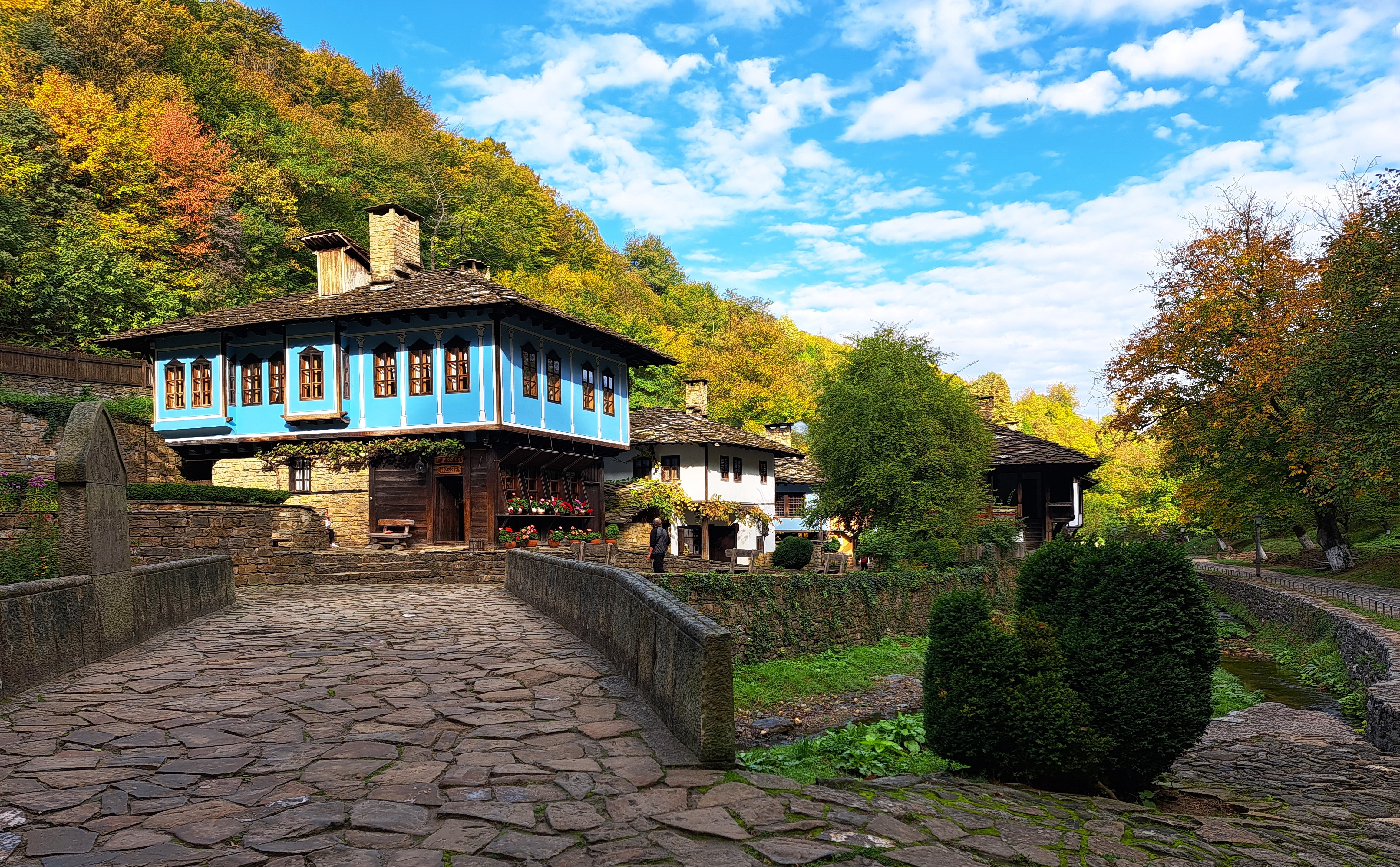
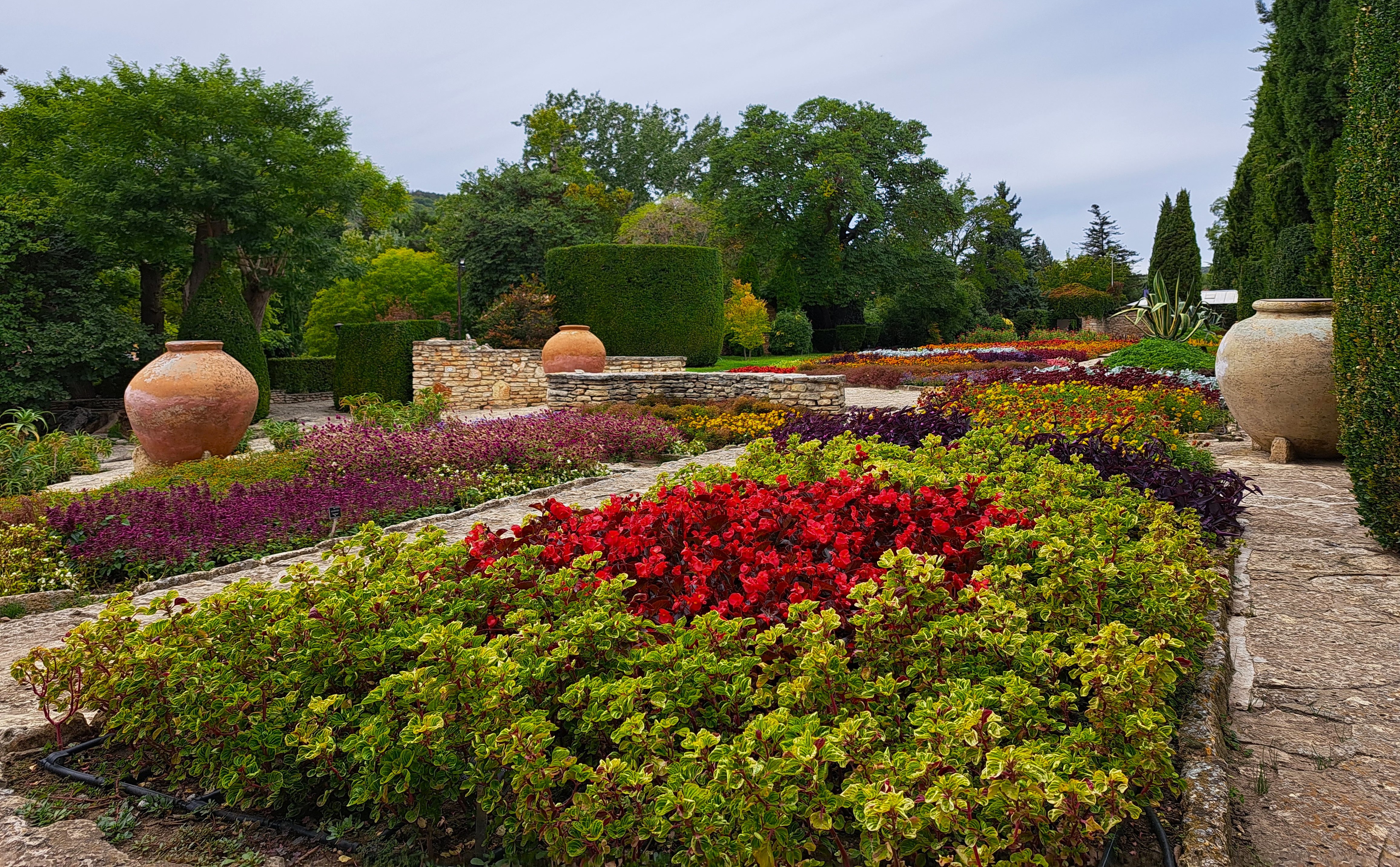
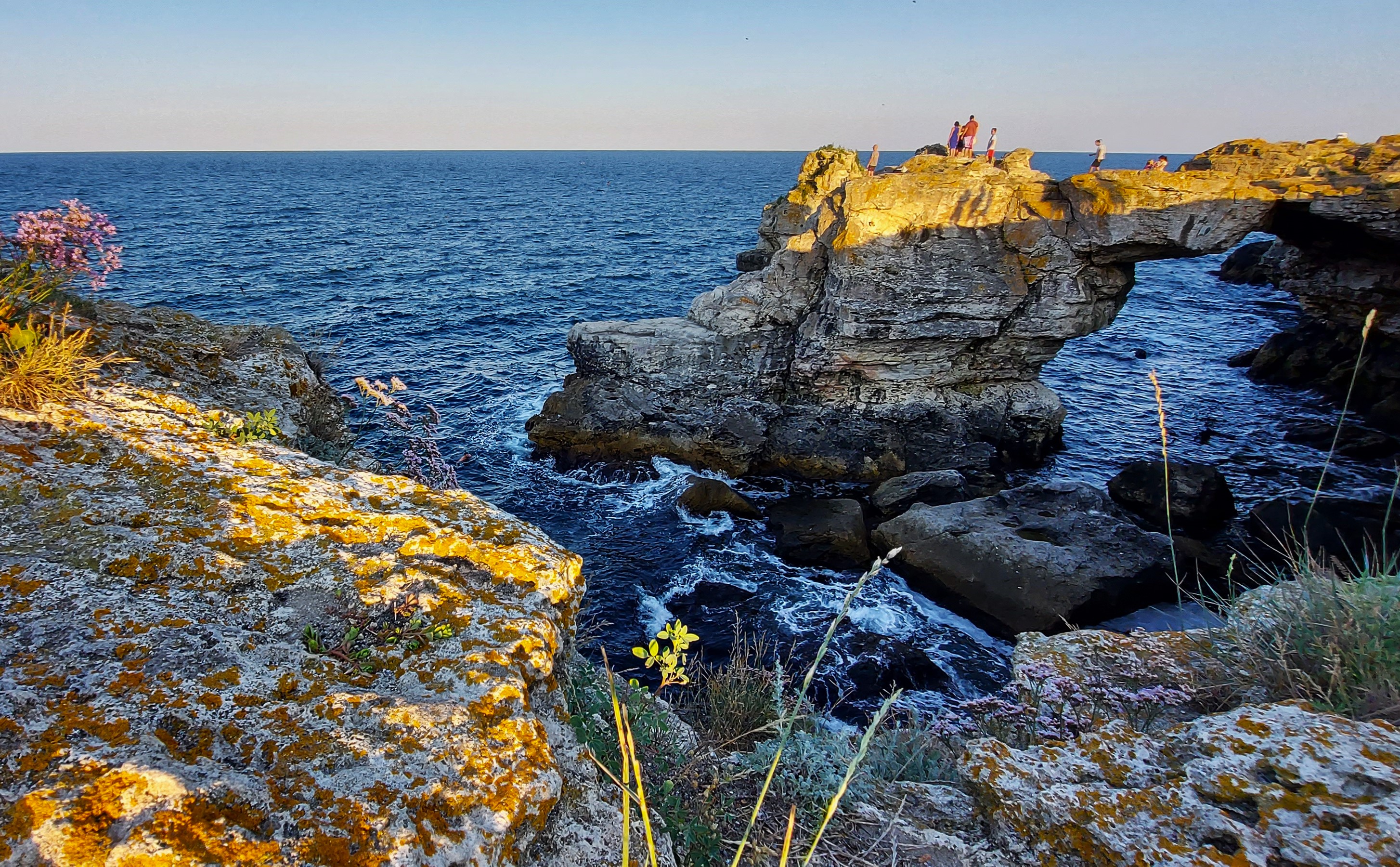
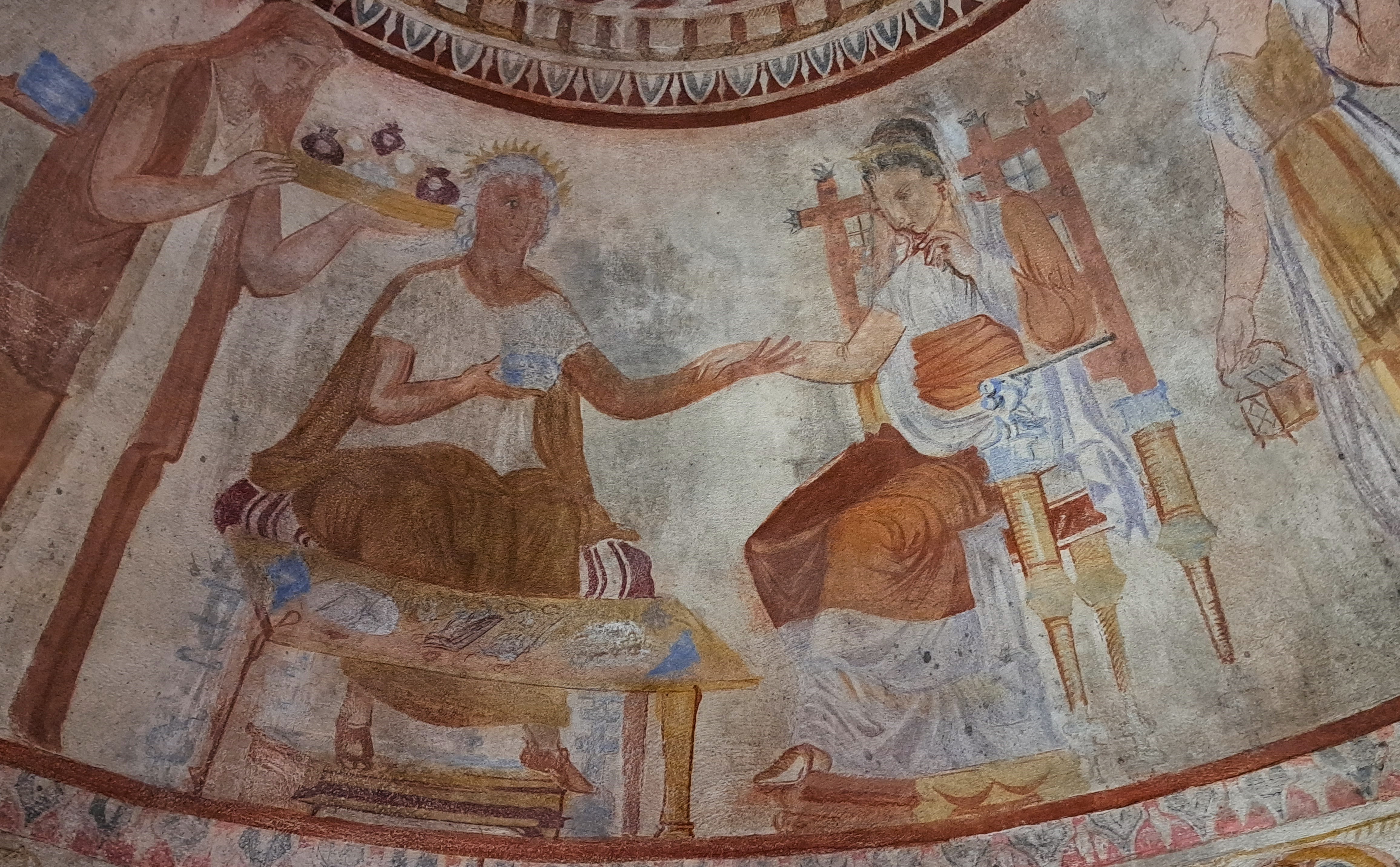
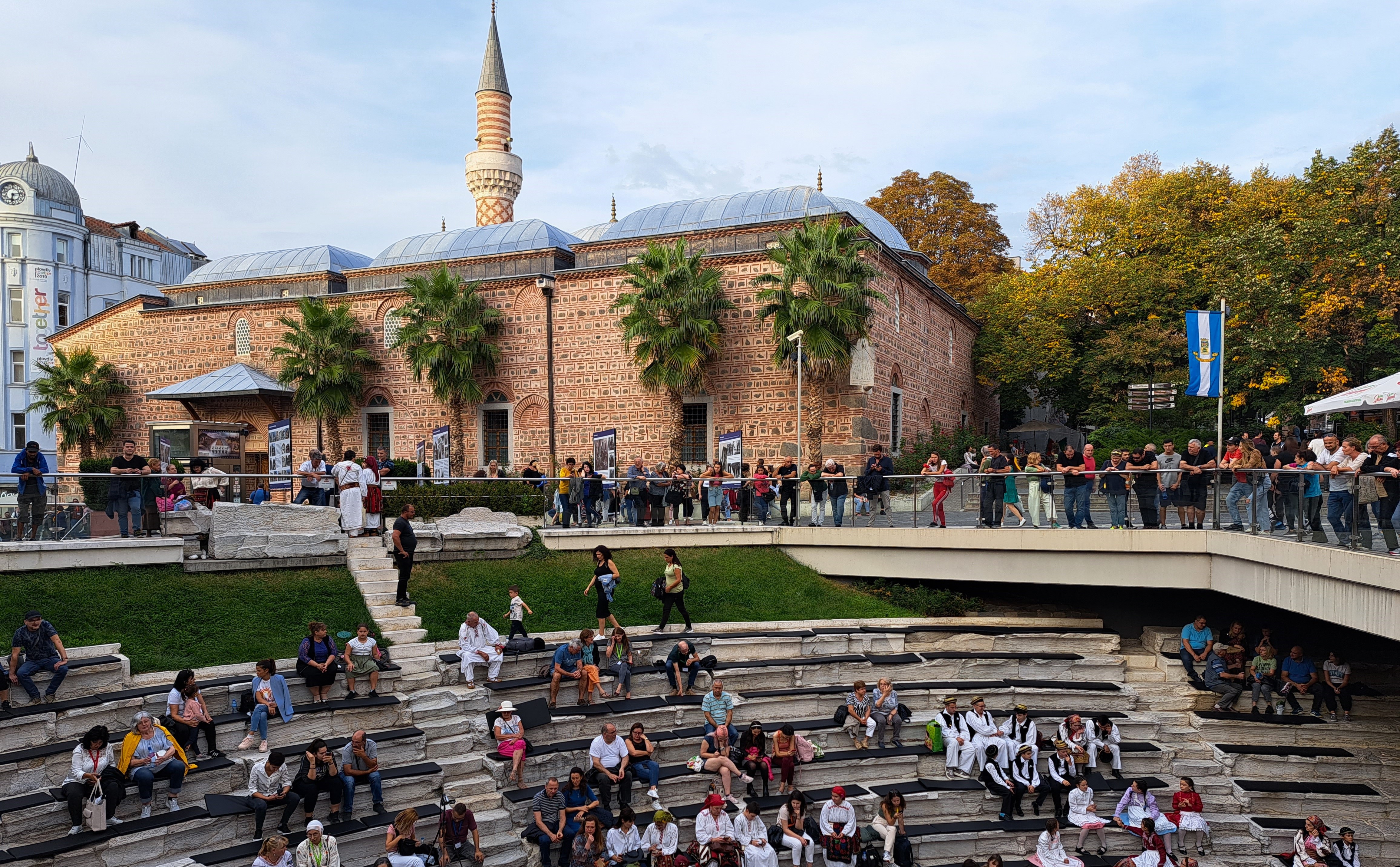
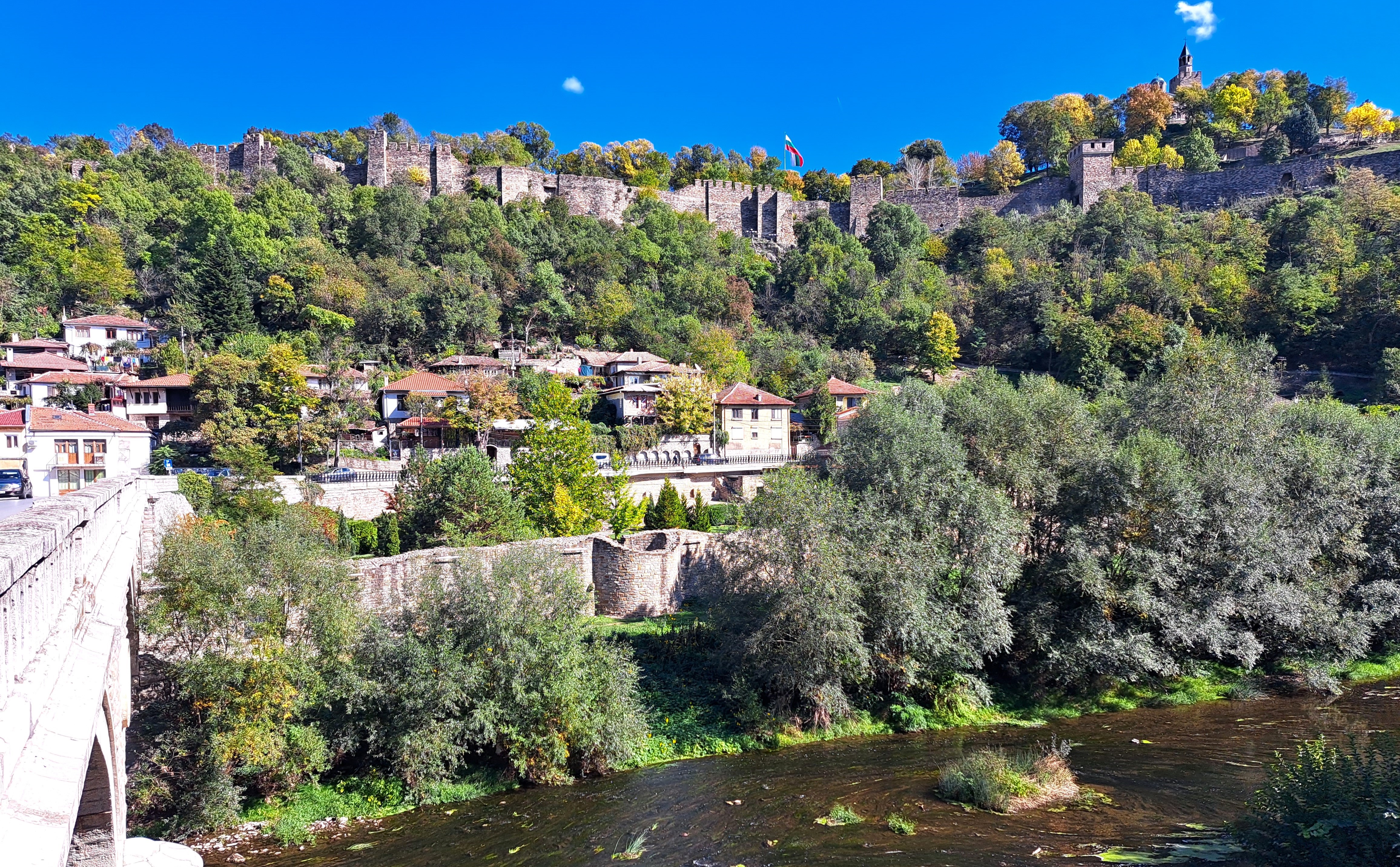
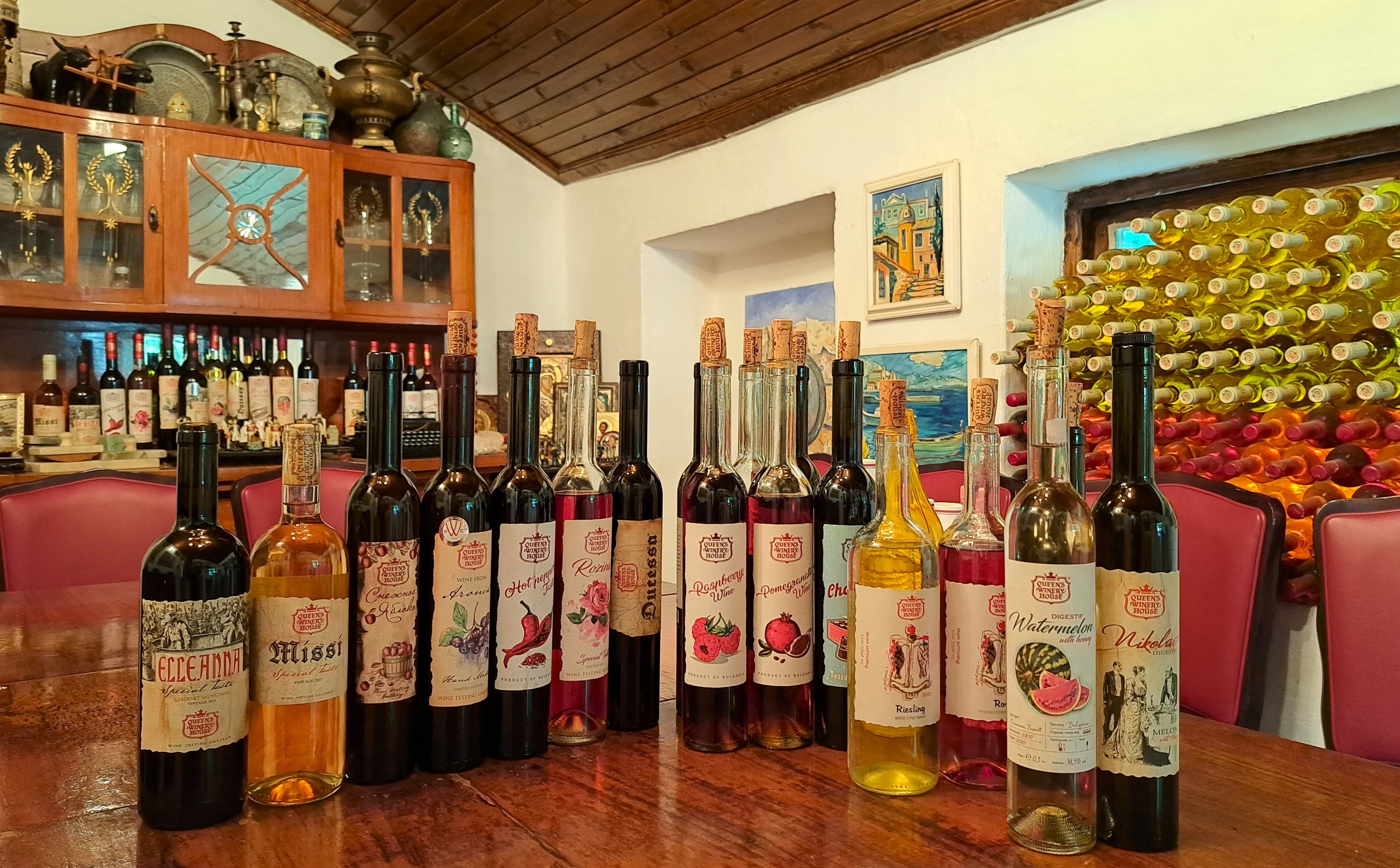
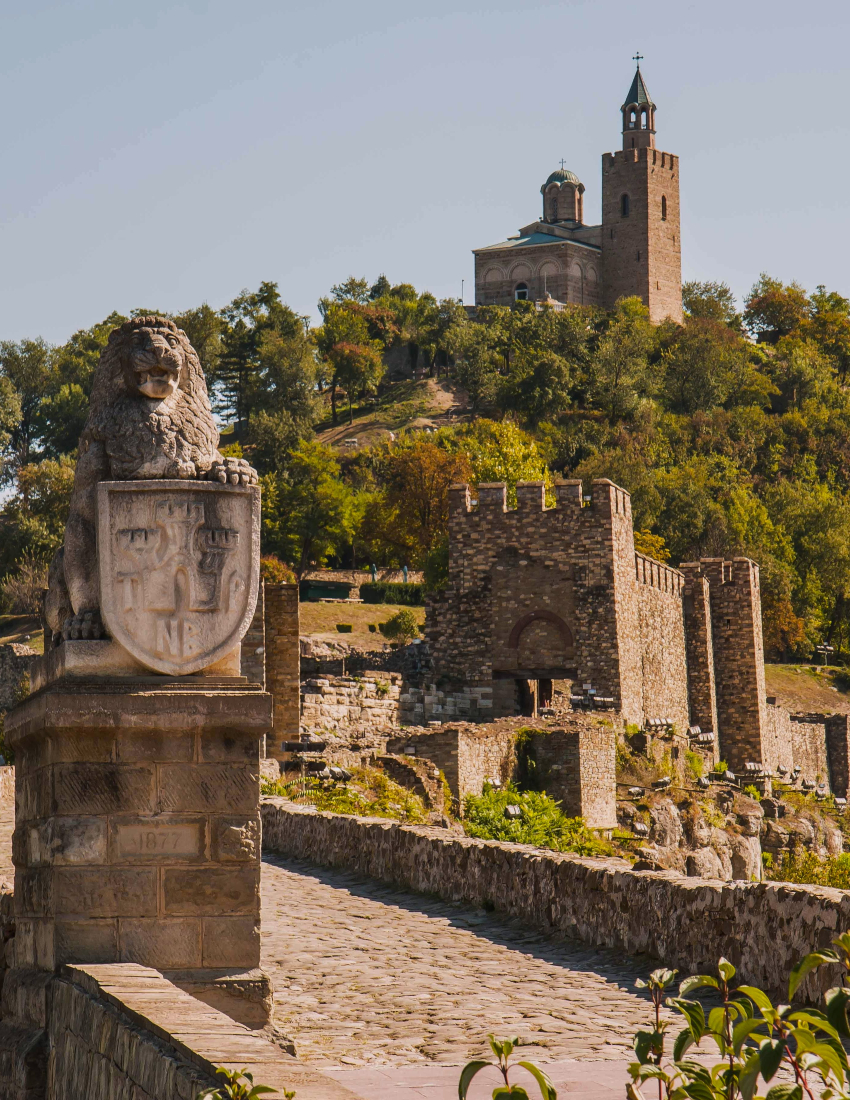
.jpg)
